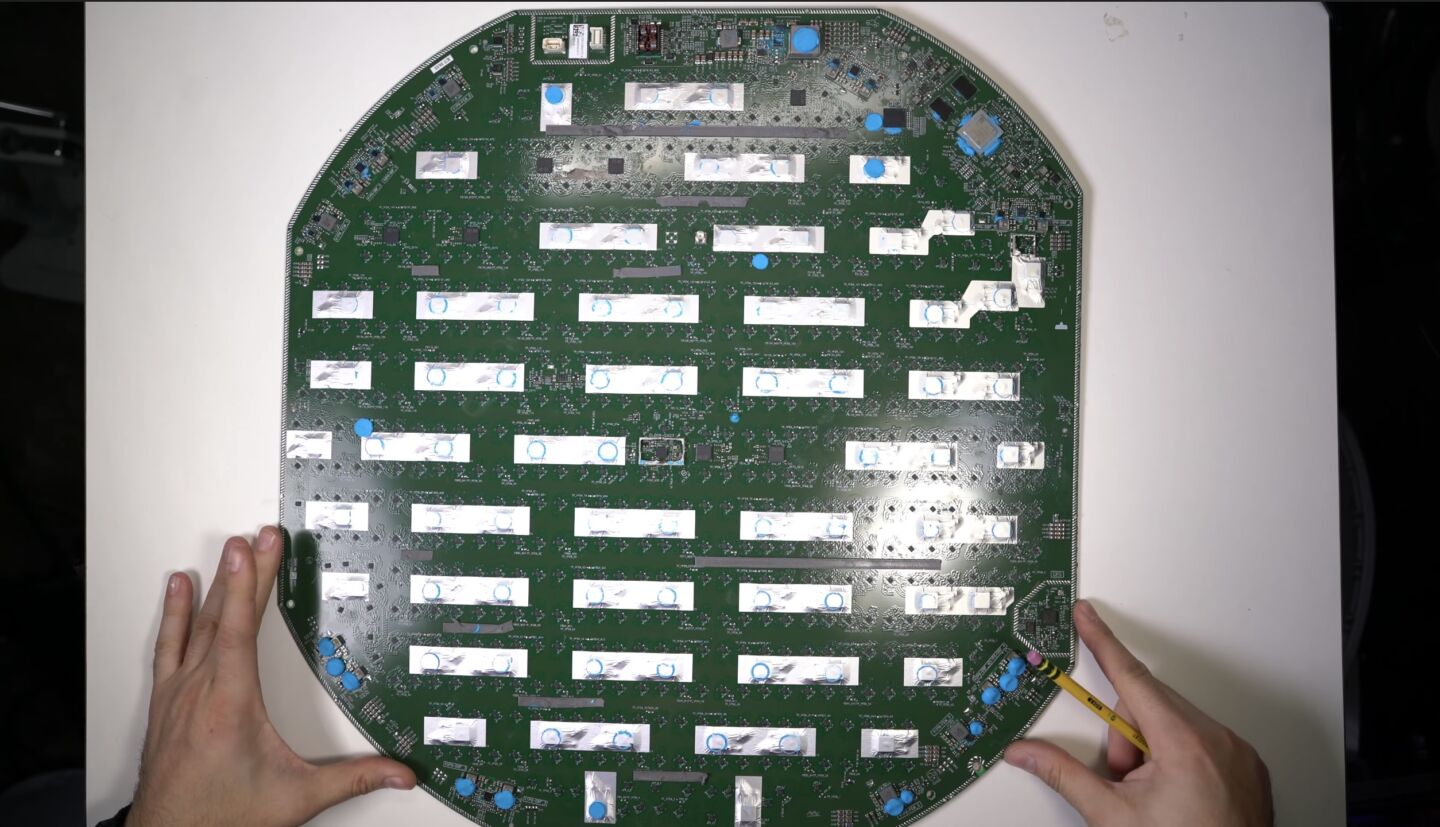We can't at this point still not definitively conclude if it was an actual ASBM or like the russians said, a fire (go look up russian navy and accidents, not to mention a disgruntled sailor could have commited arson like with the USS Bonhomme Richard fire).Ukraine who don't have experience with anti-ship missiles easily sunk a Russian flagship. does this call into question the effectiveness of defense systems on a ship?
Not to mention the actual specs of that ship is quite heavily outdated (designed in the 70s I think?), very inferior to most of the stuff in the PLAN.




